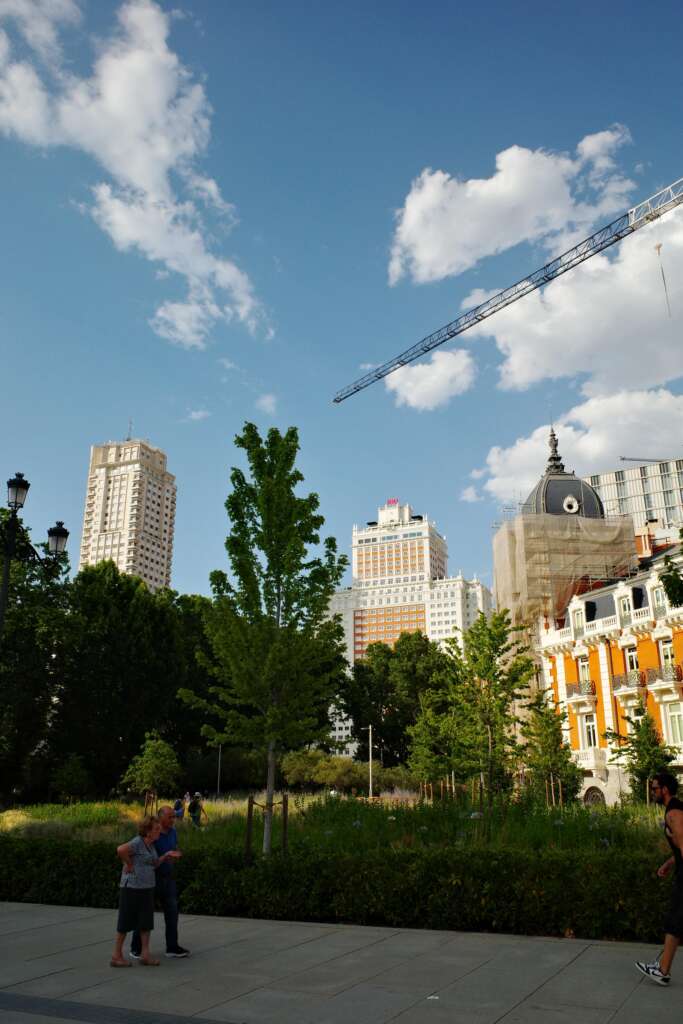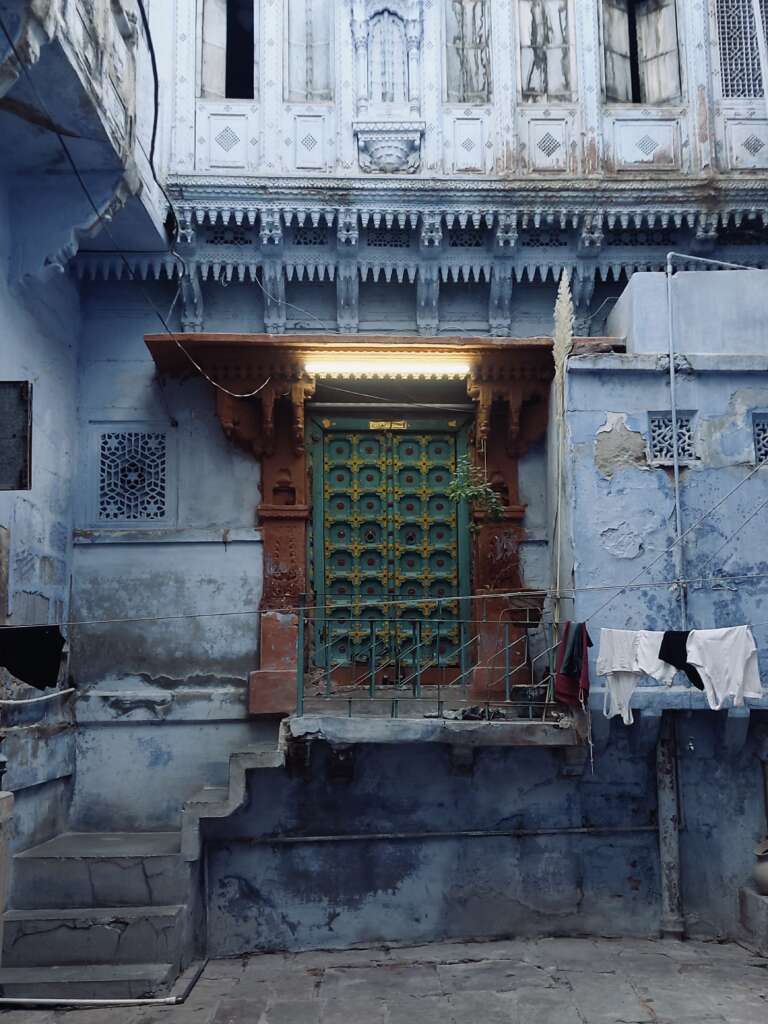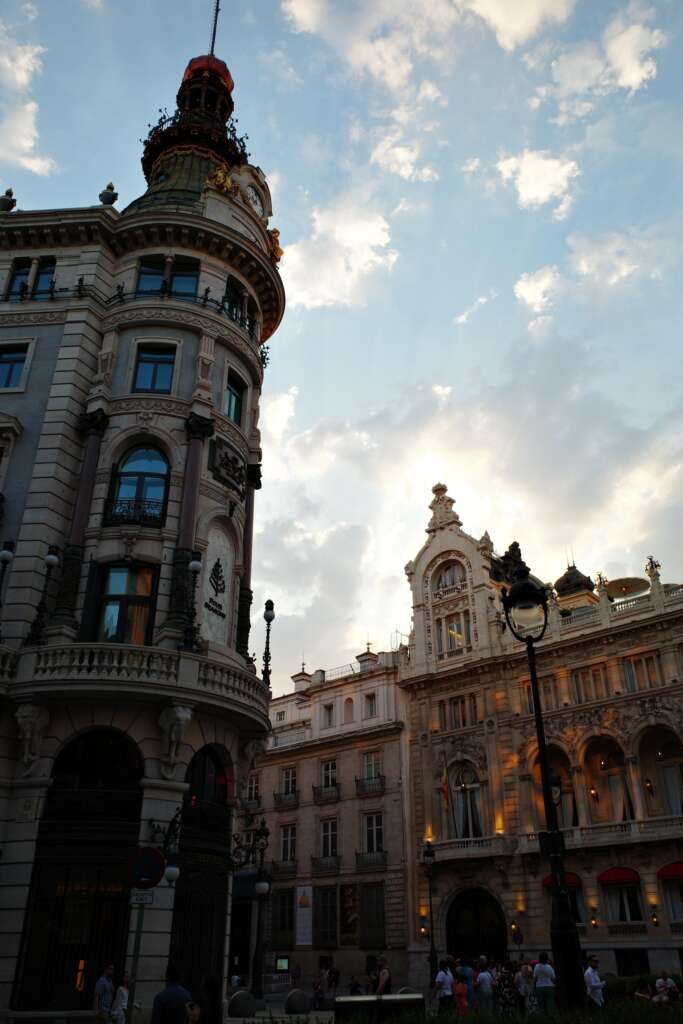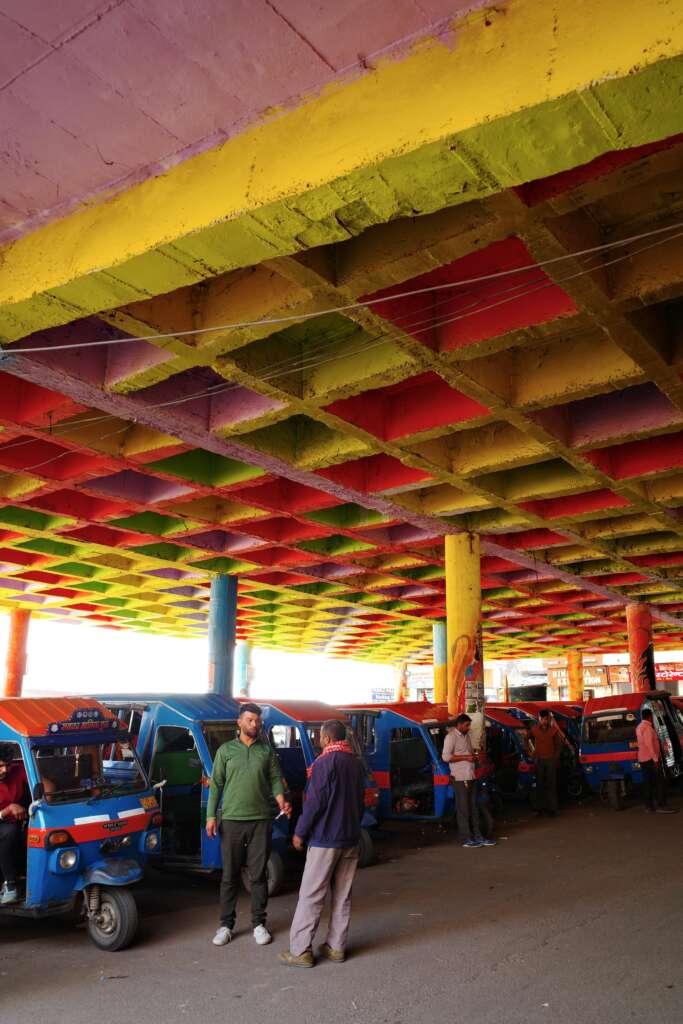Share This Article
A section can represent how high a ceiling is.
A render can show how sunlight falls through a window.
A plan can tell you how flooring tiles are laid.
None of these can express what it feels like to stand in that room, hear footsteps echo across, or feel a drape rumble when a door opens and air shifts inside.
You cannot witness the rustle of trees outside a window in a plan. You cannot feel the warmth of sunlight in an elevation. You can’t sense how a space will embrace you by looking at its render.
In essence, drawings communicate the design and not the life of the space.
This is where architectural photography plays a cameo – achieving what no blueprint, sketch, or technical drawing can.
Once a building is up, what captures its soul? The light filtering through its windows? The way footsteps echo in its hallways?
Photography reveals the reality of what an approved drawing set intends to achieve. It captures the soul of a structure: the way light falls across its facade, how overhangs define each shadow, and how architecture lives in its surroundings.
It transforms static design into a lived experience, and this is more powerful than we often give it credit for.
The Language of Light and Shadow
One of the most profound ways architectural photography communicates beyond drawings is by capturing light. Drawings can indicate where windows are placed, but they cannot show how morning sunlight falls on cool stone, transforming it into a canvas of warm textures.
Light isn’t just capturing illumination; it’s an emotion. Be it the warm wash of golden hour, the crisp shadows through a grilled canopy, or the moods of a cloudy day, light defines feeling. It sculpts form with negatives, highlights details, and creates a sense of time.
It takes one who can handle a lens to treat a void as a canvas.

Revealing Human Scale and Experience
Technical drawings are drafted with precise measurements and scales; they can tell you a room is 15ft by 12ft, but they can’t express how that space shall feel when inhabited.
Perhaps the most transformative virtue photography brings is the presence of people. Architecture, after all, is meant to be occupied, walked through, and lived in. Drawings are devoid of life. Even when human figures are shown, they are generic placeholders copied and pasted arbitrarily.
Photographs capture authentic human interaction. They capture the old man seated on his balcony reading, kids running through a corridor, or a woman meditating on a shaded bench. These seemingly small moments, often fleeting, add scale, emotion, and purpose to a setting.
Sometimes, the way people use a building diverges from the architect’s vision and understanding, which is important.
A photographer might catch an improvised seating area, or how shoes pile up near the door in a manner no section could predict.
By including people, architectural photography tells the story of use and not just design, and that’s truly what brings architecture to life.

Material Texture and Truth
Architecture is tactile. Even the most detailed drawings with a long legend cannot capture the textures of spaces. They flatten all aspects to lines.
Photography brings materiality to life. The roughness of weathered brick, the luster of brass fittings, and the softness of a velvet curtain, all are made vivid.
Close-up shots can emphasize craftsmanship, reveal aging and patina, or contrast materials in unexpected ways. These images invite viewers to imagine touch, evoking a connection that drawings simply can’t provide.

Context and Atmosphere
Rarely does a building stand in isolation. Its meaning and purpose are shaped by what surrounds it; whether it’s nestled in a dense urban block, overlooking a quiet field, or responding to a culturally rich neighbourhood.
Photography embeds architecture into its real-world context. Aerial shots can show how a roof blends into the landscape, and street-level angles can reveal relationships with roads and trees. Even background noise becomes part of the story: kids playing, traffic congestion, or just birds nesting on ledges.
Context is about place more than location, and photography has the exclusive ability to weave that into the narrative, while drawing and rendering often abstract that out.

Photography as Interpretation, Not Just Documentation
One of the most overlooked truths about architectural photography is that it’s never neutral. It’s an act of interpretation, pretty much like the act of designing itself.
Photographers have the freedom to choose the angle, time of day, the lens, and what the focus shall be.
They might emphasize grandeur or highlight intimacy. They might shoot wide to show scale, or frame tight to highlight a detail. Through their vision, buildings become stories and not just subjects.
Precisely why the same structure can look dramatically different when captured by different photographers, one may draw attention to structural clarity, while another may spotlight human traces like a coffee stain left behind.
In this sense, architectural photography becomes a collaboration between the designer and photographer where two storytellers interpret the same stage in different ways.

Also Read – Top 10 Architecture Schools in the World (2025): A Comprehensive Guide
Case in Point
Think of the Dutch photographer, Iwan Baan’s haunting aerial photograph of the flooded Lower Manhattan after Hurricane Sandy. It wasn’t just any cityscape shot at night. It was a commentary on power, society, and the built environment.

Or look at London based Helene Binet’s black-and-white photographs of Zaha Hadid’s early work. Her frames capturing light and geometry gave validation to forms and designs that many had dismissed as purely conceptual. Through her lens, even the most radical curves felt grounded.

These images don’t document buildings. They shape how we remember them and to a great extent challenge or support architects’ visions.
From Construction to Capturing
Drawings are where architecture begins, but photography is where it comes to life.
Through light, texture, scale, and narrative, architectural photography reveals what’s too subtle to be represented in bubble diagrams and too fleeting for renders.
It offers a way to feel architecture, and in a world flooded with images, thoughtful photographs hold the power to command a second gaze.
In the fullness of time, photographs help us to hold onto experiences long after structures have been built.

